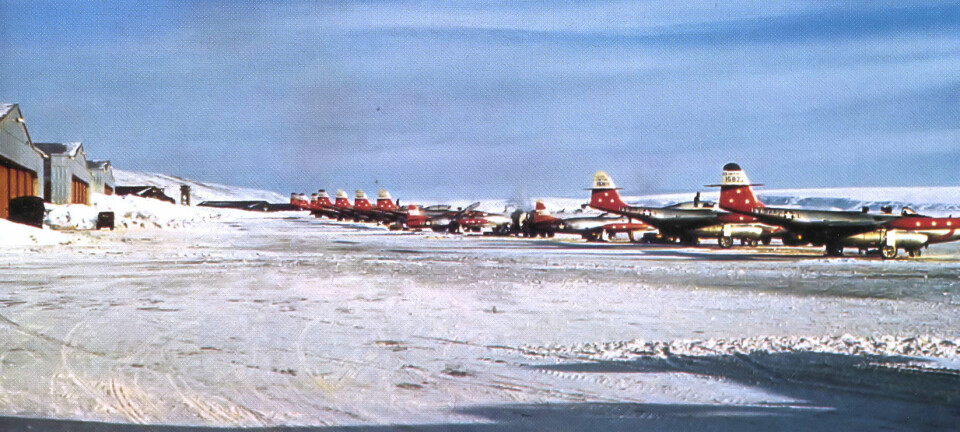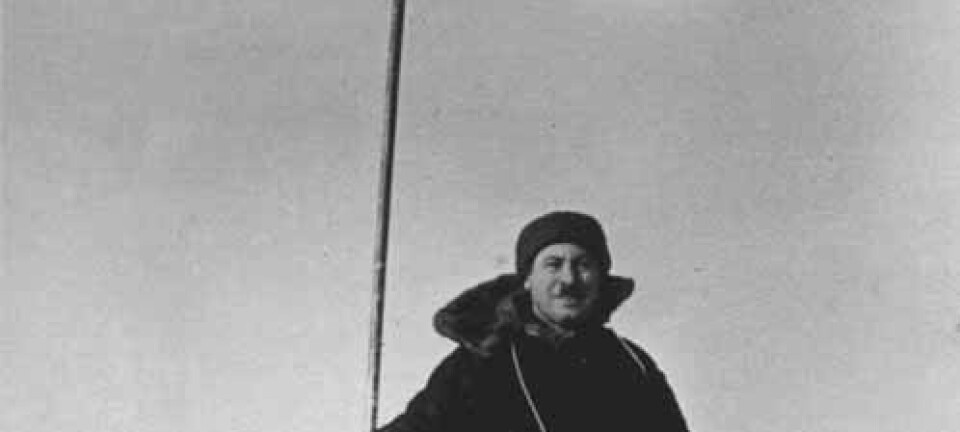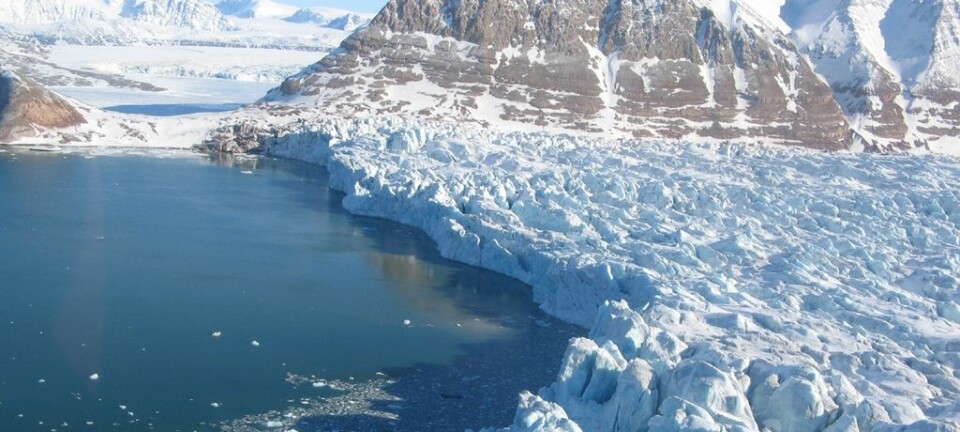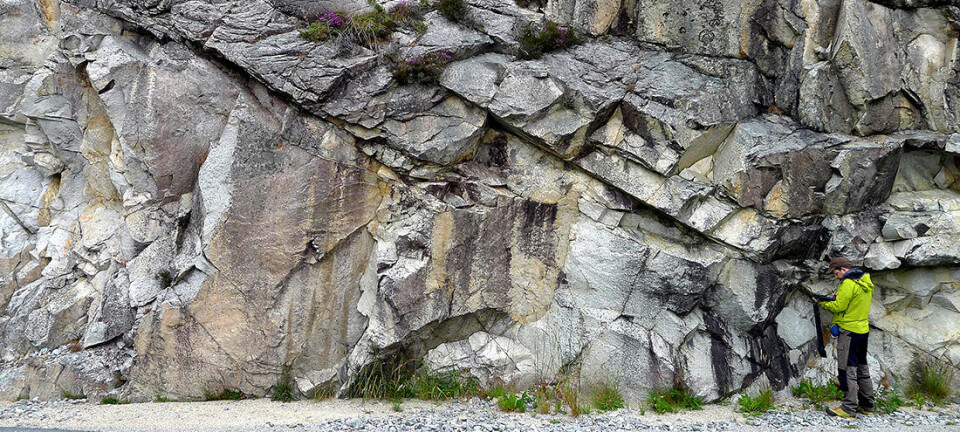
The female scientist who discovered the core of the Earth
The "Grande Dame” of seismology, Inge Lehmann, began her career at a time when few women held senior positions in science. But that did not stop her from being the first to provide evidence of the Earth’s inner core in 1936.
Danish seismologist Inge Lehmann (1888-1993) is best known for presenting the first evidence of the Earth’s inner core in 1936. Her active research career as a seismologist began in 1928, continued well into the 1970s, and earned her the reputation as “The Grande Dame” of modern seismology.
Born at a time when few women held senior scientific positions, Lehmann had an extraordinary career. In 1928, she was appointed head of the Seismic Section at the Danish Geodetic Institute, where she published evidence for the existence of the Earth’s solid inner core in 1936. After her retirement in 1953, she continued her work at research institutions in the USA, and in 1964, she proved a velocity discontinuity at a depth of 200 km, known today as the “Lehmann Discontinuity”.
During Lehmann’s lifetime, seismology, the study of earthquakes and propagation of elastic waves through the Earth, developed from a small, isolated discipline to a large, well-funded research area. This growth took place against the backdrop of the Cold War with its political and military agendas. Seismology attracted special interest because it provided tools for the detection of nuclear weapons tests.
Lehmann’s career can therefore be contextualised into a wider framework of discipline development, international politics, and gender studies. By taking a biographical approach to her life and career, in the form of a book, it is possible to reveal the much larger story of how international seismology developed from a small, obscure discipline to a science with powerful geopolitical implications.
A female scientist in the early twentieth century
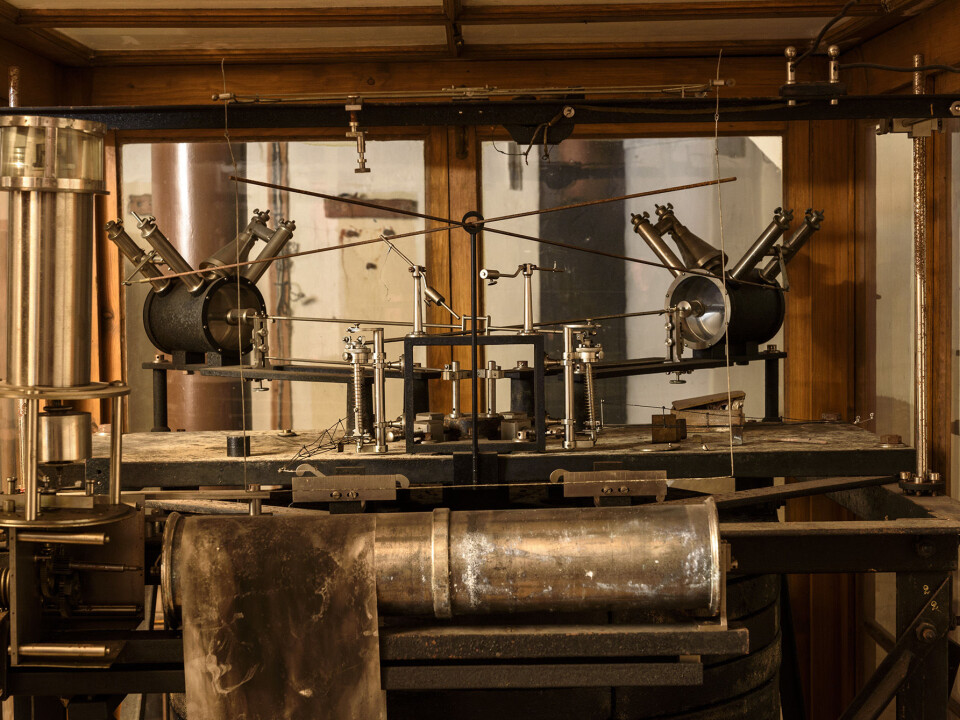
She was born on 15 May 1888 in Copenhagen, Denmark to parents, Ida Mee Tøfslev and Alfred Lehmann. Her father was a great inspiration as the first professor in psychology at the University of Copenhagen, and her mother’s side of the family included several prominent members of the Women’s Liberation Movement.
Lehmann has often been portrayed as a trailblazing female scientist, unwilling to accept discrimination in pursuit of an academic career. However, her personal archive at the Danish National Archive shows that Lehmann had to accept restrictions in her academic career due to her gender, and was only able to establish herself as a professional scientist by being pragmatic about her situation.
She attended a co-educated public school and proceeded to study mathematics at the University of Copenhagen in 1907 and had little first-hand experience of gender discrimination. After receiving her bachelor’s degree in 1911, she went to study at Cambridge University in the UK, where she found herself unprepared for the social segregation of genders.
To her surprise, female students could only attend lectures and not use the university’s libraries or laboratories. When she went to meet her friend Niels Bohr, she had to be accompanied by a chaperone. While studying for the Mathematical Tripos, Lehmann exhausted herself, and had to return to Denmark, where she abolished her studies altogether.
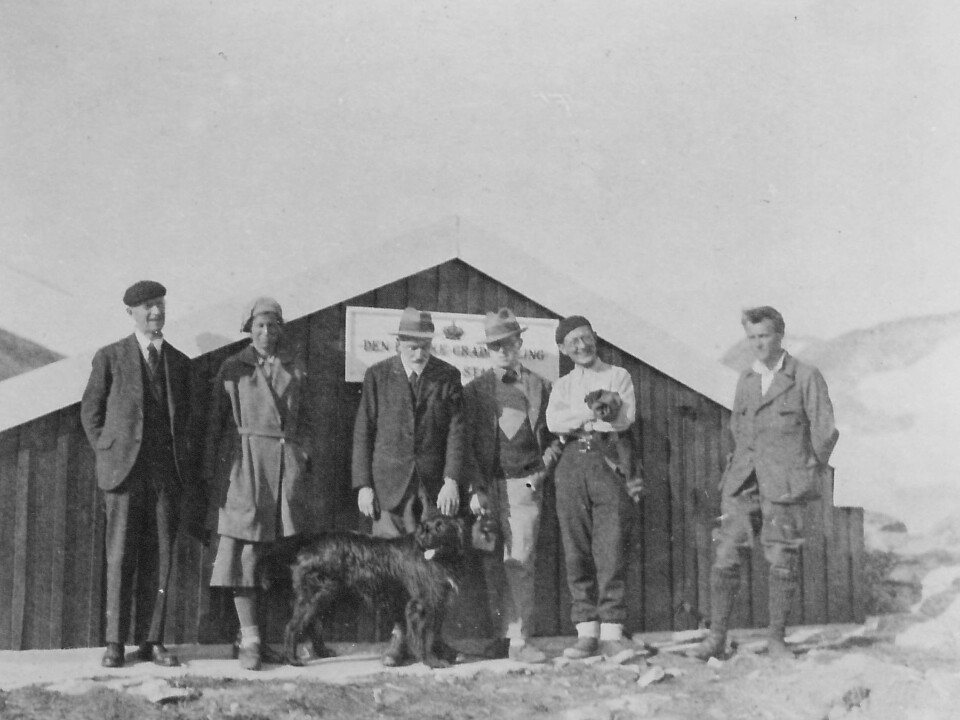
Needing an income, she started working in an insurance office. But she soon realised that her career options were severely limited by her gender. Consequently, in 1918 she returned to the University of Copenhagen to complete her studies.
After graduating in 1923, she became a teaching assistant to the professor of actuary science. Realising that her options for getting a scientific position at the university were limited, she instead joined Professor Niels Erik Nørlund who was attempting to reform the government’s Geodetic Service.
At that time, there was a growing international pressure for Denmark to contribute seismological data to the international scientific community, and data from seismological stations in Greenland were especially sought after.
By advocating Denmark’s need to exert its sovereignty in Greenland to the international community, Erik Nørlund was able to gain the necessary political and financial support for establishing a network of seismological stations in Denmark and Greenland. In 1928, he established a permanent Danish seismological monitoring authority under the newly founded Danish Geodetic Institute.
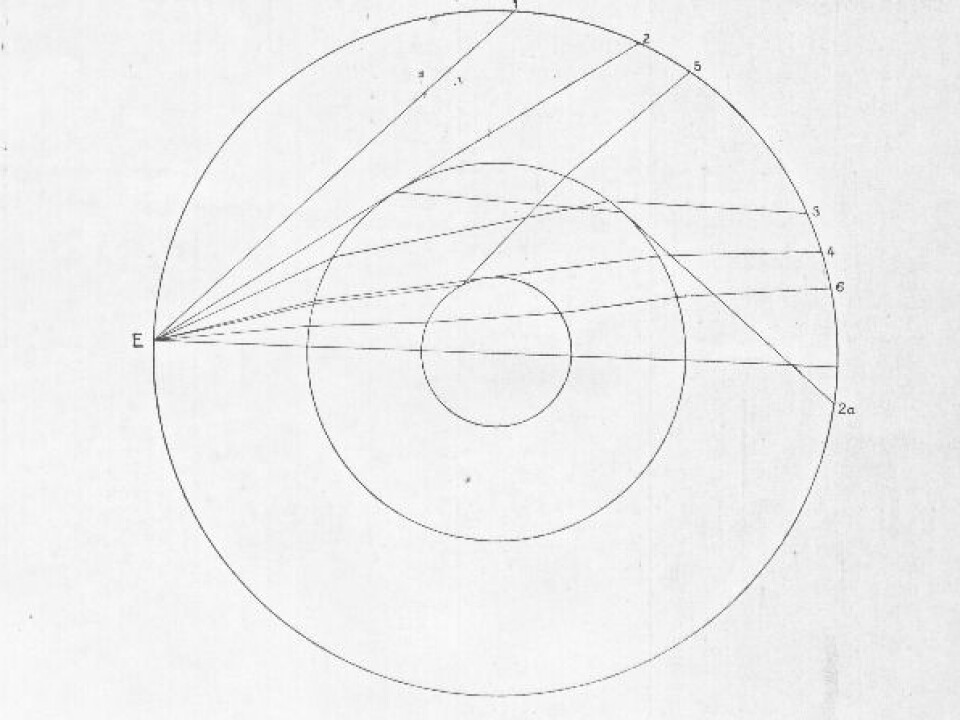
In return for changing her field of study from mathematics to seismology, Nørlund agreed to promote Inge Lehmann to head of the Seismological Section. It was a new position without much prestige, and with plenty of administrative work, but a scientific position nevertheless.
Finding the Earth’s Inner Core
As head of the Seismic Section, Lehmann’s duties were to organise the work at the seismic stations in Copenhagen, Ivittuut and Ittoqqortootmitt (Scoresbysund), analyse all the seismograms to determine the arrival times of seismic waves, and write them up so they could be published in internationally circulated annual bulletins. These lists of arrival times formed the basis for much of the early research in seismology.
As Lehmann made all the readings from all three stations, she had a lot of practice at interpreting and comparing seismograms. In a time where standardisation of instruments and practices was not possible, her ability to visually “calibrate” data from different seismograms made her attuned to observations and structures, which others might miss.
At the time, seismologists were discussing the basic layout of the Earth’s interior. Based upon the arrival times of P-waves in the internationally published bulletins, seismologists tried to map the paths of seismic waves through the Earth’s mantle and core, working on a two-layered Earth model.

By reading seismograms, Lehmann became aware that a variation in the P-wave showed up in what was known as the Earth’s shadow zone, where P-waves were believed to be absent as they were reflected off the boundary of the core.
She theorised that the existence of this variation in the P-wave, which she called P’, could only be possible if the wave was reflected off a previously unknown inner core with a higher seismic wave speed. She published her hypothesis in 1936, and, within a few years, her three-layered Earth model was generally accepted.
Cold War activities
Early in the Cold War, scientists discovered that nuclear explosions showed up on seismic instrumental recordings just like earthquakes, and that seismic monitoring could be used to remotely detect and analyse (secret) nuclear explosions.
Soon, seismic detection of underground nuclear explosions became a matter of national and military strategic interest, and funding for seismic research increased dramatically. In the USA, the military became the primary source of funding.
In Denmark, Lehmann was fed up with administrative work and contemplating retirement, when in 1952 she was approached by Maurice Ewing from Columbia University, who suggested that she join his seismic research team at Lamont Geological Observatory in the USA.
The visit was a turning point in Lehmann’s career, and one year later in 1953, she took early retirement from her position at the Danish Geodetic Institute to focus on her research.
During the following 20 years, she spent months at a time in the USA, often working on research projects associated with nuclear detection funded by military contracts. Her research into discontinuities in the Earth’s upper mantle depended upon seismic data from US nuclear tests conducted under VELA UNIFORM’s auspices, and in 1964, she presented evidence for a velocity discontinuity at a depth of 200 km. Today, the discontinuity bears Lehmann’s name.
Lehmann found a vibrant and well-funded research environment in the USA, as well as an appreciation of her expertise and international connections. It was while working in the USA that she began receiving scholarly awards and honours, but her fame was largely ignored in Denmark.
---------------
Read the Danish version of this article on Videnskab.dk
This article was originally published by The Carlsberg Foundation who funded this research. Read the original article on the Carsberg Foundation website.
Lif Lund Jacobsen received a postdoctoral fellowship from the Carlsberg Foundation to fund the project "Inge Lehmann and the rise of modern seismology."
Scientific links
- Lehmann, I (1936) "P'". Publications du Bureau Central Séismologique International. A14 (3): 87–115
- Barth, Kai-Henrik (2003) “The Politics of Seismology: Nuclear Testing, Arms Control, and the Transformation of a Discipline,” Social Studies of Science 33, no. 5: 746.
- Lehmann, I (1964) “On the travel times of P as determined from nuclear explosions,” Bulletin of the Seismological Society of America 54: 123-139.
- Jacobsen, L (2016): “Danish seismic research in relation to American nuclear detection effort”, in Kris Harper and Matthias Heymann (eds), “Exploring Greenland”, pp. 167-191, Palgrave Macmillan (2016)
- Jacobsen, L (2015): ”Inge Lehmann: Studietid og tidlige akademiske ansættelser 1907-1928”, Uddannelseshistorie 2015, Vol. 49, pp. 60-75 (2015)
